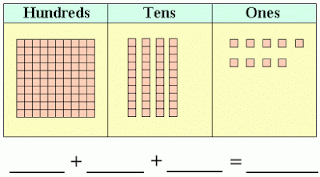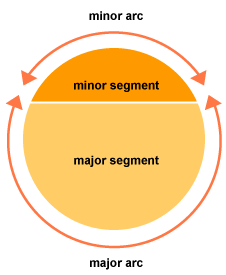Interjection is one of the eight parts of speech in English grammar along with noun, pronoun, verb, adverb, adjective, conjunction and preposition. Interjection is a part of speech that conveys emotions or expresses a meaning or feelings. Interjection does not add meaning to a sentence but express the feeling of the speaker. An interjection is sometimes followed by the exclamation sign i.e. “!”. For example: The kid exclaimed, “Hurrah! I got Barbie coloring pack of pens”. Here, the interjection “hurrah!” is expressing the excitement of the kid after getting Barbie coloring pack of pens. There are five different types of interjections classified based on expressions such as greetings, joy, approval, surprise and grief. Lets’ have a closer look at each of the types of interjections.
Interjections to express Greetings:
Interjections to express greetings are type of interjections that are used to wish someone. Popularly used interjections of expressing greetings are: hello, hi and so on. For example: Hello, how have you been? Here, the speaker is wishing hello and how the other person has been by using “hello”.
Interjections to express Joy:
As the term suggests, these types of interjections convey the feeling of joy and excitement of the speaker. Commonly used interjections are: hurrah, yippee, hey and more. For example: Hey! Look Farlin India collection has real good stuffs for kids. Here, the speaker is expressing his excitement at Farlin India brand’s grand collection.
Interjections to express Approval:
Interjections to express approval are used to express or congratulate on someone’s effort. Commonly used interjections of expressing approval are: bravo, wow etc. For example: Bravo! You won the match. Here, the speaker is congratulating some for winning the match.
Interjections to express Surprise:
Interjections to express surprise are used to express the emotion of surprise by the speaker. Commonly used interjections of expressing surprise are: oh, eh and so on. For example: Oh! Nuby baby brand is giving away annual sale this month. Here, the speaker is expressing his surprise at Nuby baby brand’s annual discount.
Interjections to express Grief:
Interjections to express grief as the term describes is used to express sorrow or grief by the speaker. Commonly used interjections expressing grief are: alas, ouch and more. For example: Alas! The man is dead. Here, the speaker is using “Alas” to express his grief on the man’s death.
Interjections to express Greetings:
Interjections to express greetings are type of interjections that are used to wish someone. Popularly used interjections of expressing greetings are: hello, hi and so on. For example: Hello, how have you been? Here, the speaker is wishing hello and how the other person has been by using “hello”.
Interjections to express Joy:
As the term suggests, these types of interjections convey the feeling of joy and excitement of the speaker. Commonly used interjections are: hurrah, yippee, hey and more. For example: Hey! Look Farlin India collection has real good stuffs for kids. Here, the speaker is expressing his excitement at Farlin India brand’s grand collection.
Interjections to express Approval:
Interjections to express approval are used to express or congratulate on someone’s effort. Commonly used interjections of expressing approval are: bravo, wow etc. For example: Bravo! You won the match. Here, the speaker is congratulating some for winning the match.
Interjections to express Surprise:
Interjections to express surprise are used to express the emotion of surprise by the speaker. Commonly used interjections of expressing surprise are: oh, eh and so on. For example: Oh! Nuby baby brand is giving away annual sale this month. Here, the speaker is expressing his surprise at Nuby baby brand’s annual discount.
Interjections to express Grief:
Interjections to express grief as the term describes is used to express sorrow or grief by the speaker. Commonly used interjections expressing grief are: alas, ouch and more. For example: Alas! The man is dead. Here, the speaker is using “Alas” to express his grief on the man’s death.






















